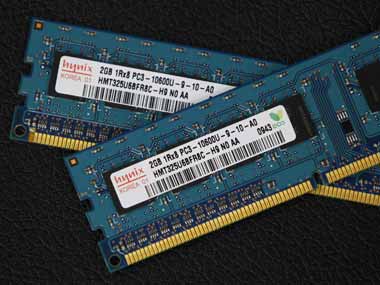

With the help of machinist John Kruesi, Edison finished the first model of the phonograph by December of the same year. Edison first had the idea for a sound recording device when he was working on his diagrams for the telephone transmitter and realized he could replicate those vibration indentations for other purposes. The old-time music player - AKA the phonograph - was created by Thomas Edison in July 1877 and captured sounds and engraved the movements into tinfoil cylinders.

The first music-playing device able to both record and play back music was the phonograph. Although not a music machine, the phonautograph was an essential part of the development of later technologies. Instead, his machine visually recorded the vibrations of different sounds and transcribed them for later study. See Historic Music Machines at Volo Auto Museumįrench inventor Édouard-Léon Scott de Martinville crafted the first music player and known sound recording machine in the early 1800s - known as the phonautograph - but his intention was never to play those sounds back.To learn more about the history of music-playing technology, let's journey back to the 1800s. For this reason, earlier listeners considered recorded music a rare and exciting luxury. Before the evolution of music listening brought us to where we are today, enjoying recorded music required more time and attention. It enhances nearly every area of our lives, including road trips, waiting rooms and even grocery stores. Most of us would have a difficult time imagining a world devoid of all recorded music. With modern technology, it's easier than ever before to find, listen to and save our favorite music. It takes the average person a matter of seconds to decide whether or not they like a song.


 0 kommentar(er)
0 kommentar(er)
